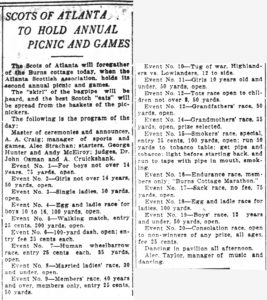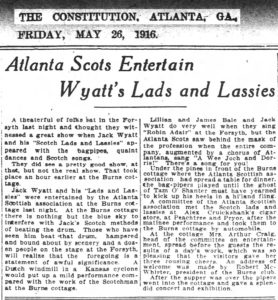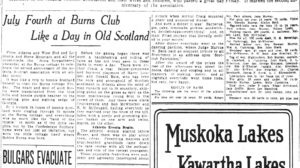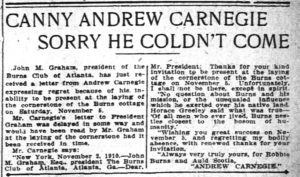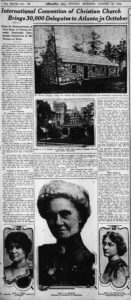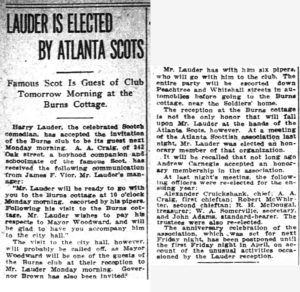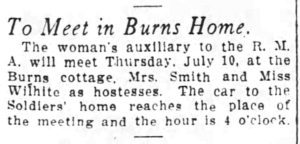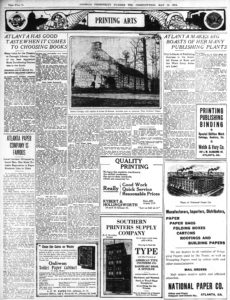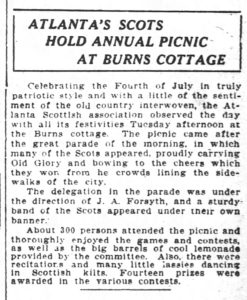"Eventually, all things merge into one, and a river runs through it. The river was cut by the world's great flood and runs over rocks from the basement of time. On some of the rocks are timeless raindrops. Under the rocks are the words, and some of the words are theirs.
I am haunted by waters." —Norman Maclean, A River Runs Through It
The forthcoming biopic “Rebel in the Rye,” about the reclusive J.D. Salinger, has begun filming. Not to be confused with another biopic in development, “The Catcher Was a Spy,” about major league baseball player and secret operative Moe Berg—they sound similar, right? Like when Holden Caulfield in Salinger’s benchmark novel “The Catcher in the Rye,” published 65 years ago this July, mistook the line from Scottish poet Robert Burns’ racy poem "Comin’ Thro’ the Rye" to mean "if a body catch a body" rather than "if a body meet a body."
Don’t feel bad, Holden. I have a hard time interpreting Scots English vernacular myself (as in, I don't), and likely for that reason, and that Burns simply wasn’t taught when I was in school, I never became a big fan of his poetry. Countless others are die-hard fans, though, so many really to warrant paying some attention to the Bard of Ayrshire, who passed away 220 years ago this July. Abraham Lincoln was a huge fan, and even Bob Dylan is on record crediting Burns’ 1794 poem “A Red, Red Rose” as his greatest creative inspiration:
"O, my luve's like a red, red rose," the poem begins, "That's newly sprung in June. / O, my luve's like the melodie, / That's sweetly play'd in tune."
You had me at Bob Dylan.
And, as today’s the last day of National Poetry Month, what more fitting fare than Burns then. Right here in East Atlanta, across from the Department of Public Safety at the intersection of Confederate Ave. and Alloway Place, down a dead end street, there is a replica cottage of his Scottish birthplace. A handful of such cottages exist around the world, and abundant statues and memorials to Burns are also a global affair. 105 years ago, Burns Cottage was built of Stone Mountain granite, but the Burns Club of Atlanta itself formed 120 years ago, in 1896, the centennial of Burns’ death in 1796. Only recently I learned that, among his many other epithets, Burns was also considered the Poet Laureate of Freemasons (who knew!).
Each year, usually in March, the Burns Society of Atlanta opens the cottage to the public, in cooperation with the Atlanta Preservation Center during their annual Phoenix Flies tour of historic Atlanta sites. I’ve found many old newspaper clips recounting how Burns Cottage, primarily a private social and literary club, was once upon a time host to an annual Fourth of July celebration in Atlanta. Bigger and more commercial Independence Day “extravaganzas” all over the city have long since replaced it, of course, such as the one over at Stone Mountain, which, for the past 44 years, has also hosted the Stone Mountain Highland Games. I read that one reason for the strong Scottish connection at the mountain is that quite a few skilled stonecutters from Scotland and Wales were brought in by the Venable brothers to quarry the granite at the mountain during Reconstruction, as granite was a leading industry of the day and used to rebuild the city of Atlanta after it burned in 1864. No doubt there is a far more elaborate and erudite explanation for the Caledonian connection.
As the railroad was a convenient means of transporting the plentiful stone everywhere, numerous structures along the railroad throughout the city of Atlanta (the Western and Atlantic Railroad from Atlanta to the Midwest was approved 180 years ago in 1836) were rebuilt with granite from Stone Mountain and, not surprisingly, still stand today..."till the rocks melt wi' the sun." It’s hard to think of a big rock as a life source the way a river cradles a civilization, but just cast a stone or follow the tracks, and you’ll see how rock runs through the city and will surely recognize the granite on the soon-to-close music club, The Masquerade (formerly the historic Excelsior Mill), the granite storefront of Manuel’s Tavern, Rhodes Hall, Atlanta's Fulton County Courthouse and jail, and many others, including the interior of The Wrecking Bar Brewpub, which used to be the Victor Hugo Kriegshaber residence. V.H. Kriegshaber was a prominent Jewish businessman, civic leader, and community builder in Atlanta and is buried in Oakland Cemetery.
[Don't worry. You didn't just have a flashback from your misguided reading of The Fountainhead in college.]
Further Reading
- Wrecking Bar Brew Pub
History of the Victor H. Kriegshaber House - Burns Cottage of Atlanta:
History of the Burns Cottage - Where has the Stone Mountain Granite gone?
http://posts.iamthemountain.org/…/stone-mountain-granite-01…
http://posts.iamthemountain.org/…/stone-mountain-granite-02… - Retun to Atlanta
Excelsior Mill / Masquerade - The Granite Planet
Atlanta’s “Little Syria” - The Georgia Trust
Rhodes Hall History - Atlanta Preservation Center
The Phoenix Flies: A Celebration of Atlanta’s Historic Sites is returning for a 13th year!


